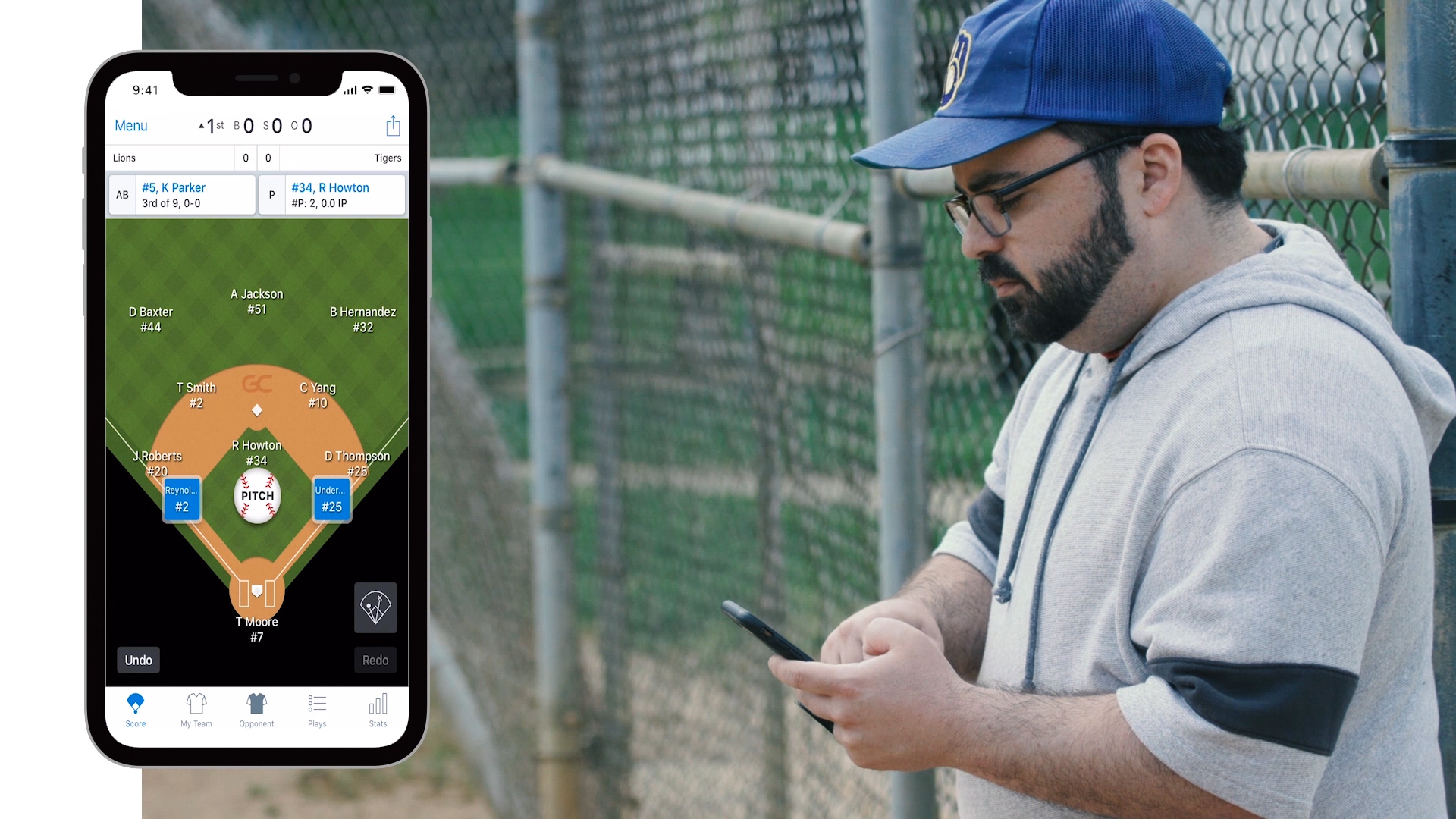
- #Namechanger app how to
- #Namechanger app install
- #Namechanger app driver
- #Namechanger app code
- #Namechanger app windows
It will change the directories you created to appear like the following:Īfter the minifilter attaches, the "B" subdirectory of F:\A is no longer visible. Once this is done the NameChanger filter should successfully attach to F. The following directories are be created: Next, create the parent of the UserMapping path (the F:\X directory). For example, to attach the NameChanger minifilter to the F: volume, first create the RealMapping directory (the F:\A\B directory). To successfully attach the filter to a volume you must first create a couple of directories. inf defines the mapping paths like in the following manner: String The actual location where the files reside.īefore attaching the minifilter to a volume, you must set up the user and real paths. The "short" (DOS-compliant 8.3-format) name for the final component of the UserMapping path. The location where files will appear to be in when the filter is attached. The three strings used for the mappings are: String inf file supplied with the sample defines the real and user mappings in the section. It accomplishes this by altering the names of files that reside beneath a particular path (called the "real mapping") to appear as though they actually reside beneath a different path (called the "user mapping").
#Namechanger app how to
The NameChanger minifilter illustrates how to make one part of a volume's namespace appear as though it belongs to part of another namespace. To load the minifilter, run fltmc load filtername or net start filtername.
#Namechanger app windows
In Windows Explorer, right-click filtername.inf, and click Install. This installation will make the necessary registry updates to register the minifilter service and place filtername.sys in the %SystemRoot%\system32\drivers directory. Make sure that filtername.sys and filtername.inf are in the same directory.
#Namechanger app install
To install the minifilter, do the following: The minifilter samples come with an INF file that will install the minifilter.

#Namechanger app driver
For example, to perform a clean build of a Visual Studio driver project called filtername.vcxproj, navigate to the project directory and enter the following MSBuild command: msbuild /t:clean /t:build. Navigate to the project directory and enter the MSbuild command for your target. From this window you can use MsBuild.exe to build any Visual Studio project by specifying the project (.VcxProj) or solutions (.Sln) file. Open a Visual Studio Command Prompt window at the Start screen. To select a configuration and build a driver from the command line You can now use the Visual Studio Command Prompt window for all build configurations.

You can build a driver from the command line using the Visual Studio Command Prompt window and the Microsoft Build Engine (MSBuild.exe) Previous versions of the WDK used the Windows Build utility (Build.exe) and provided separate build environment windows for each of the supported build configurations. Right-click the solution in the Solutions Explorer and select Configuration Manager.įrom the Configuration Manager, select the Active Solution Configuration (for example, Debug or Release) and the Active Solution Platform (for example, Win32) that correspond to the type of build you are interested in.įrom the Build menu, click Build Solution (Ctrl+Shift+B).īuilding a driver from the command line (MSBuild) Open the driver project or solution in Visual Studio (find filtername.sln or filtername.vcxproj).
To select a configuration and build a driver The default Solution build configuration is Debug and Win32.
#Namechanger app code
When you create a project from existing driver sources or convert existing driver code that was built with previous versions of the WDK, the conversion process preserves the target version information (operating systems and platform). When you create a new driver project using a Windows driver template, the template defines a default (active) project configuration and a default (active) solution build configuration.

You build a driver the same way you build any project or solution in Visual Studio. You can build the sample in two ways: using Microsoft Visual Studio or the command line ( MSBuild). The minifilter maintains this illusion by acting as a name provider, injecting entries into directory enumerations and forwarding directory change notifications. The NameChanger minifilter grafts a directory from one part of a volume's namespace to another part using a mapping.


 0 kommentar(er)
0 kommentar(er)
